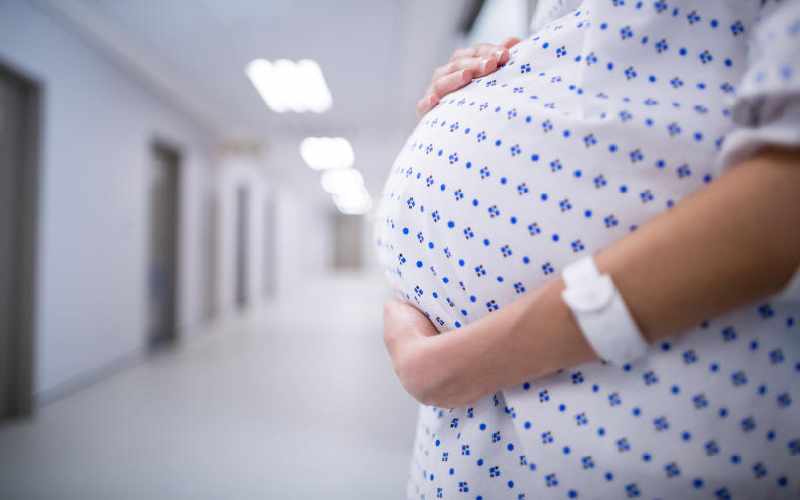
In a country where 39 babies die for every 1000 births, we can safely say that seeing your healthy bubbly toddler disturb your sleep on a slow Saturday morning is a miracle.
A 2014 Kenya Demographic Health Survey (KDHS) found that about one in every 26 children died before their first birthday. Although early childhood mortality rates declined between the 2003 and the 2014 KDHS survey, neonate mortality has exhibited the slowest rate of decline. Neonatal mortality is 22 deaths per 1,000 live births during the 2010-2014 period. Neonates are infants who are less than four weeks old.
Why are neonate deaths so high?
First, when babies are born prematurely, they lose a lot of water through the skin and can die of dehydration because they cannot yet regulate their own temperature. This is why they are kept in incubators.
Since their brains are not fully developed, they can sometimes “forget to breathe” and have to be assisted. Neonates are also highly susceptible to diseases and require a lot of care.
How the sensors work
Northwestern University researchers have thus developed a new wireless, battery-charged, affordable monitoring system for newborns that can provide clinical-grade care in various settings.
Unlike the existing ICU type of monitors which very expensive and not user-friendly, these are small devices which are either placed under the mattress of the newborn or attached to the chest and lower limb. They monitor breathing, heart rhythm, temperature and oxygen levels. They are fitted with sensors that use radio frequencies to transmit data from the baby to a central monitoring station. This data can also be sent directly to a smartphone or tablet, therefore one nurse can monitor many sick newborns at the same time and also attend to a worsening condition faster.
Soft and flexible, they are far gentler on newborns’ fragile skin than the old wired ones and their wireless capabilities allow for more skin-to-skin contact with parents. Furthermore, they can also monitor pregnant women who are in labour to ensure safe deliveries and reduce the risks of maternal mortality.
Another advantage that comes with this new technology is its ability to be used anywhere in the world, including low-resource settings where it can possibly improve or even save lives. To enable its operation in rural areas with power challenges, developers equipped each device with a small rechargeable battery.
In Kenya, these devices are being tested on newborns at Pumwani Hospital and the Aga Khan University Hospital in Nairobi.
 The Standard Group Plc is a multi-media organization with investments in media platforms spanning newspaper print
operations, television, radio broadcasting, digital and online services. The Standard Group is recognized as a
leading multi-media house in Kenya with a key influence in matters of national and international interest.
The Standard Group Plc is a multi-media organization with investments in media platforms spanning newspaper print
operations, television, radio broadcasting, digital and online services. The Standard Group is recognized as a
leading multi-media house in Kenya with a key influence in matters of national and international interest.











